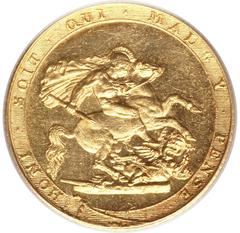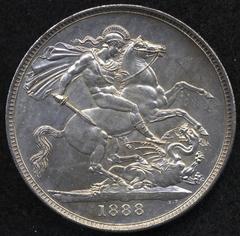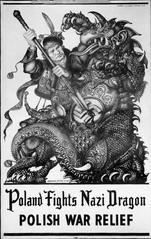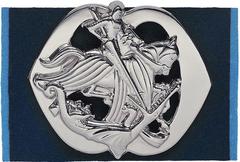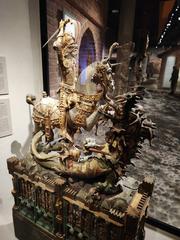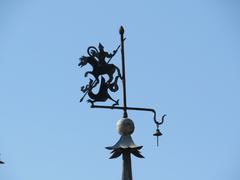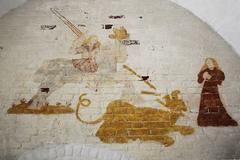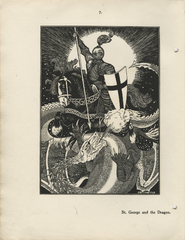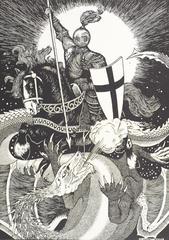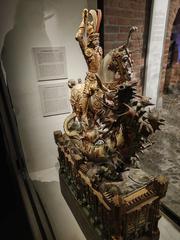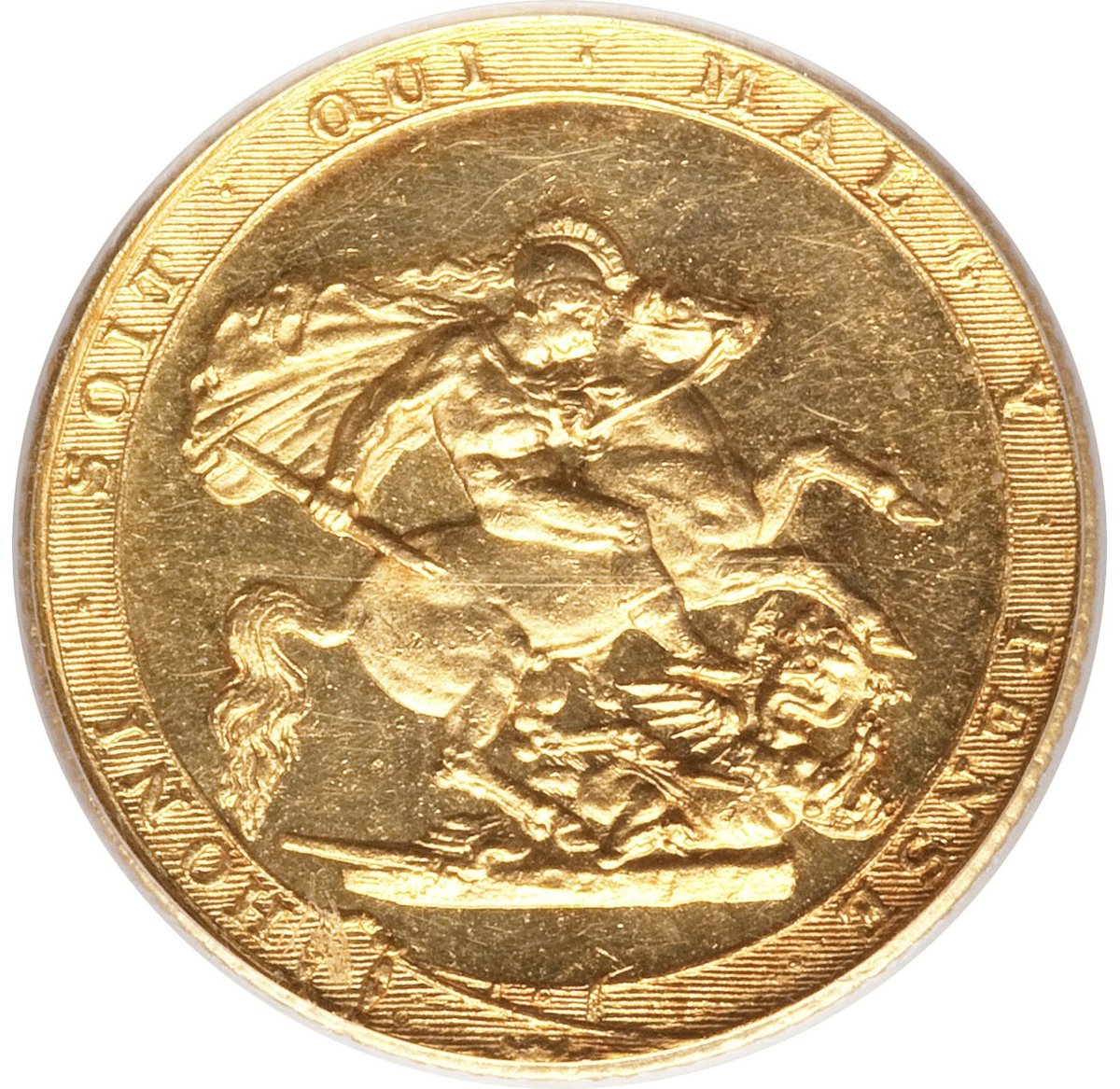
Saint George and the Dragon in Stockholm: Visiting Hours, Tickets, and Historical Significance
Date: 14/06/2025
Introduction
The Saint George and the Dragon sculpture, housed in Stockholm Cathedral (Storkyrkan) at the heart of Gamla Stan, is both a masterpiece of late medieval art and a powerful emblem of Swedish national identity. Crafted in 1489 and attributed to German artist Bernt Notke, this monumental polychrome wood sculpture captures the legendary tale of Saint George—an archetypal Christian hero—slaying a dragon to rescue a princess. Beyond its religious narrative, the sculpture stands as a potent symbol linked to Sweden’s historic 1471 victory at the Battle of Brunkeberg, an event that shaped the nation’s destiny for centuries (Smarthistory; publicartaroundtheworld.com; Wikipedia).
This guide offers a comprehensive look at the monument’s history, artistic features, visitor information, and practical tips for exploring Stockholm’s rich medieval heritage.
Table of Contents
- Origins of the Saint George Legend
- The Legend’s Arrival and Significance in Sweden
- The Sculpture: History and Artistic Features
- Visiting Hours, Tickets, and Accessibility
- Guided Tours and Special Events
- Nearby Attractions
- Artistic and Political Symbolism
- Replicas and Enduring Legacy
- FAQ
- Conclusion and Visitor Tips
- References and Further Reading
Origins of the Saint George Legend
The legend of Saint George and the Dragon originated in early Christian tradition and gained widespread popularity in medieval Europe through the Golden Legend (Legenda aurea) (Smarthistory). The tale centers on George, a 3rd-century Roman officer who slays a dragon terrorizing a city, saving a princess and inspiring mass conversions to Christianity (Medium). The motif, originally associated with St. Theodore Tiro, became entwined with George by the 11th century. The Crusades further spread his veneration, making him an enduring symbol of the victory of good over evil (Medium).
The Legend’s Arrival and Significance in Sweden
In Sweden, the legend took on special meaning during the late Middle Ages. Regent Sten Sture the Elder invoked Saint George’s protection at the 1471 Battle of Brunkeberg, where Swedish forces defeated Denmark’s King Christian I (Wikipedia; Stockholm Museum). The victory, attributed to Saint George’s intervention, elevated the tale as a symbol of Swedish resistance and independence.
The Sculpture: History and Artistic Features
Commissioned by Sten Sture to commemorate Brunkeberg, the wooden sculpture was installed in Storkyrkan in 1489 (Wikipedia; Smarthistory). Traditionally credited to Bernt Notke, the piece stands over 3.75 meters tall, depicting Saint George in gilded armor atop a rearing horse, poised to strike the dragon beneath. The dragon’s design, a composite of menacing animal traits—including both male and female genitalia—carries layered allegorical meanings (Dodedans). The composition includes the princess, a symbolic lamb, and a base with reliefs of Saint George’s martyrdom.
Polychromy and gilding (some faded today) once made the group even more visually striking. The knight’s armor and the horse’s harness feature biblical and heraldic motifs, and a relic box is suspended from the chain mail, believed to contain fragments associated with Saint George.
Visiting Hours, Tickets, and Accessibility
Location: Stockholm Cathedral (Storkyrkan), Trångsund 1, Gamla Stan, Stockholm
Opening Hours:
- Generally open daily from 9:00 AM to 4:00 PM (extended to 5:00 PM in summer; hours may vary for special events).
- Verify current hours on the official Stockholm Cathedral website.
Admission:
- Adult: ~120 SEK
- Seniors: ~90 SEK
- Free for children under 18
- Tickets may be purchased at the entrance or online (Stockholm Cathedral)
Accessibility:
- The cathedral is wheelchair accessible, with ramps and elevators. Some areas have uneven flooring, but assistance is available.
- For specific needs, contact the cathedral in advance.
Guided Tours and Special Events
- Regular guided tours are offered in Swedish and English, focusing on the sculpture’s history and artistic symbolism.
- Audio guides (including family-friendly versions) are available for an additional fee.
- Each year on October 10th (Battle of Brunkeberg anniversary), a procession honors Saint George’s role in Swedish history.
- The cathedral also hosts concerts and services (History Hit).
Nearby Attractions
Gamla Stan is a treasure trove of historic sites within walking distance of Storkyrkan:
| Attraction | Distance from Storkyrkan | Highlights |
|---|---|---|
| Royal Palace | 126 m | Royal apartments, museums, Changing of the Guard |
| Nobel Prize Museum | 56 m | Interactive exhibits on Nobel laureates |
| Stortorget (Grand Square) | ~200 m | Historic square, Christmas market |
| Swedish Parliament | 239 m | Guided tours, neoclassical architecture |
| Riddarholmen Church | 343 m | Royal tombs, medieval architecture |
| Köpmantorget (Bronze Replica) | 400 m | Outdoor bronze copy of the sculpture |
| Gamla Stan (Old Town) | 379 m | Medieval streets, shops, cafés |
Other notable stops include the Vasa Museum, National Museum of Fine Arts, Wrangel Palace, and the Iron Boy Statue (Minube; City Guide Stockholm).
Artistic and Political Symbolism
The sculpture is not just an artistic marvel but also a political and national statement. Sten Sture’s heraldic insignia and Sweden’s blue-and-yellow colors are integrated into the design, emphasizing the allegory of Swedish victory over foreign rule (Smarthistory). While 19th-century nationalists popularized the identification of Sten Sture as Saint George and Denmark as the dragon, the sculpture’s symbolism continues to resonate in Swedish culture (publicartaroundtheworld.com).
Replicas and Enduring Legacy
The Stockholm sculpture inspired numerous later works:
- A bronze replica was installed at Köpmantorget in 1912 (Wikipedia).
- Over fifty wooden groups in Sweden and Finland echo the original’s composition (Dodedans).
- A full-size plaster copy is found in St. Catherine’s Church, Lübeck. The motif’s continued reinterpretation in art and literature underlines its lasting significance (plasticekphrastic.com).
FAQ
Q: What are the visiting hours for Saint George and the Dragon?
A: Usually 9:00 AM to 4:00 PM, with possible extensions in summer. Always check the official website for updates.
Q: How much are tickets?
A: Approximately 120 SEK for adults, 90 SEK for seniors, and free for children under 18. Guided tours and audio guides may have additional fees.
Q: Are guided tours available?
A: Yes, in Swedish and English, focusing on the cathedral and the sculpture.
Q: Is the cathedral accessible?
A: Largely accessible, with ramps and elevators. Some areas may have uneven floors—request assistance as needed.
Q: Is photography allowed?
A: Photography is generally permitted, but flash and photography during services may be restricted.
Q: What are the best nearby attractions?
A: The Royal Palace, Nobel Prize Museum, Stortorget, Swedish Parliament, Riddarholmen Church, and the bronze replica at Köpmantorget are all close by.
Conclusion and Visitor Tips
The Saint George and the Dragon sculpture in Stockholm Cathedral is a vital piece of Sweden’s artistic and national heritage. Its dramatic narrative, intricate craftsmanship, and historical symbolism make it a highlight for any visitor to Stockholm’s medieval heart. To maximize your experience:
- Visit early or late in the day to avoid crowds.
- Consider a guided tour for deeper insights.
- Explore Gamla Stan’s nearby attractions for a full cultural itinerary.
- Download the Audiala app for up-to-date guides, audio tours, and more travel inspiration.
References and Further Reading
- Smarthistory: St. George and the Dragon, Stockholm
- Public Art Around The World: Saint George and the Dragon Sculpture, Stockholm
- History Hit: Stockholm Cathedral
- City Guide Stockholm: Gamla Stan Must-Sees
- Wikipedia: Saint George and the Dragon (Notke)
- Minube: Sculpture of Saint George and the Dragon
- Dodedans: Notke’s St. George
- Plasticekphrastic: St. George and the Dragon
- Stockholm Cathedral Official Site
Plan your visit and immerse yourself in the legend and artistry of Saint George and the Dragon—a centerpiece of Stockholm’s medieval legacy.
